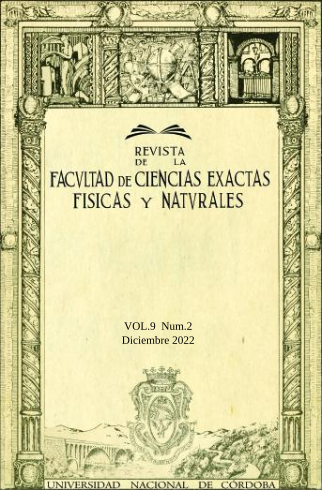Reducción de aceleraciones en edificios esbeltos sometidos a cargas de viento mediante disipadores y amortiguadores de masa sintonizada
Keywords:
Viento, vibraciones, aceleraciones, confort, amortiguamientoAbstract
During wind events, tall buildings can exhibit levels of floor acceleration that compromise occupant comfort. The use of energy dissipating devices to reduce peak accelerations is a sound strategy to improve building performance. This article describes a procedure for estimating the average peak floor acceleration of buildings subjected to forces acting in the wind direction. Wind loads on the structure are modeled as random processes with height-dependent spatial correlation using power spectral models of longitudinal turbulence. A design procedure for linear viscous dampers and tuned mass dampers is developed that allows the estimation of critical damping ratio increments of the poles of the model with non-classical damping. The mean maximum acceleration values are estimated as a function of the parameters of the dissipators and of the tuned mass dampers in order to obtain suitable design parameters for improving the comfort of the occupants in annual recurrence storms.
Downloads
References
(Kareem, 1992) ,(Wilson, 1999), (Tamura y Kareem, 2013), (Davenport, 1967; Vickery 1968) , (Inaudi y Sacco, 2017)
Downloads
Published
How to Cite
Issue
Section
License
Copyright (c) 2022 Facultad de Ciencias Exactas, Físicas y Naturales (Universidad Nacional de Córdoba)

This work is licensed under a Creative Commons Attribution 4.0 International License.
Los autores que publican en esta revista están de acuerdo con los siguientes términos:
Los autores conservan los derechos de autor y conceden a la revista el derecho de la primera publicación.
Los autores pueden establecer por separado acuerdos adicionales para la distribución no exclusiva de la versión de la obra publicada en la revista (por ejemplo, situarlo en un repositorio institucional o publicarlo en un libro), con un reconocimiento de su publicación inicial en esta revista.
Se permite y se anima a los autores a difundir sus trabajos electrónicamente (por ejemplo, en repositorios institucionales o en su propio sitio web) antes y durante el proceso de envío, ya que puede dar lugar a intercambios productivos, así como a una citación más temprana y mayor de los trabajos publicados (Véase The Effect of Open Access) (en inglés).



